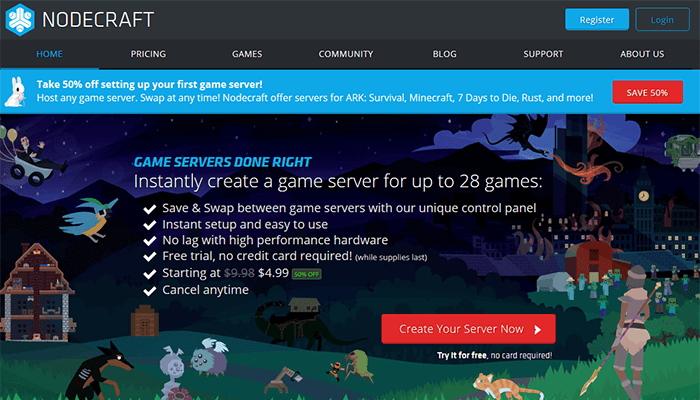Google first announced RankBrain on October 26, 2015 in a Bloomberg interview. RankBrain is an artificial intelligence system. It uses machine learning to help Google rank websites in its search engine. The goal is to provide Google users with the most relevant search results. Here are the 5 facts you need to know about how RankBrain is changing SEO:
1. RankBrain learns what each search means and what the user wants.
It monitors searches, clicks, and internal search termination. Search termination is when users end their Google searches because they found what they wanted. When your site terminates a user’s search by giving them what they want, that is a positive ranking signal to Google.
2. RankBrain (likely) tracks user engagement on your website.
Factors that matter are click-thru-rate (CTR) and dwell time. Dwell time is the amount of time a user spends on your page before returning to the search engine results page (SERP). Larry Kim has a solid theory on this.
3. RankBrain learns about your website from branded searches.
Traffic from users searching for queries that have your brand and your product is a positive ranking factor. Consider using your ads as a means to tell people to search for your brand and product on Google. Incentivize their searches and clicks with rewards or special offers.
Aim for a 60% CTR or higher for these branded searches because a high bounce rate probably hurts your rankings now. You must make sure users find what they’re looking for! Consider testing OnExit javascript popups to make an offer to users that give an incentive to them to stay or convert.
4. RankBrain is helping Google to show sites and pages ("entities") that are most appropriate to the intent of the search.
You must optimize your content around user intent and their position in the sales funnel. You content, your keywords, and your users’ position in the sales funnel must all be in alignment. You can dig deeper into this concept on my keyword research service page or continue reading for the jist of it.
Search queries that are looking for information (for example: “what is SEO?”) are ideal for blog posts. These posts should contain valuable information, no sales pitches, and include some brand names.
Search queries that show an intention to buy (for example: “best SEO companies”) should bring up hybrid pages. These hybrid pages should have a mixture of sales pitches and information. Many affiliate sites target these types of queries.
Search queries that are sales queries (for example: “Paul Carl SEO services“) should bring up pages that only sell. You don’t need any blog content or fluff information here; just sales copy and the buy option.
5. RankBrain can understand synonyms
RankBrain knows the search term “low cost corporate attorney” is basically the same as “cheap business lawyer.” When you are writing copy and optimizing your pages, make sure to incorporate some variations and synonyms for your target keywords.
Featured photo by Caio Resende from Pexels



